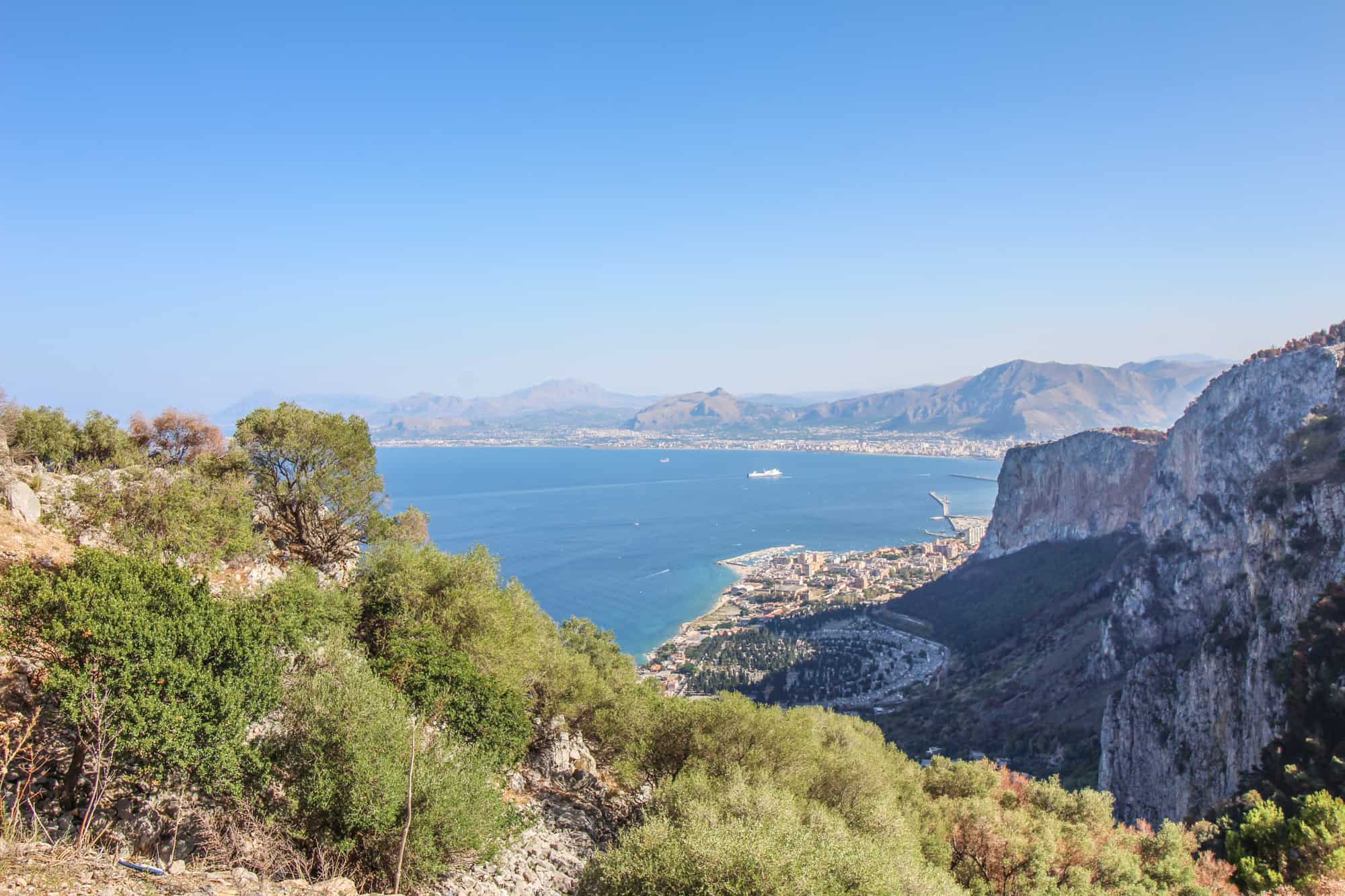Athens – Traveling through time in Europe’s oldest capital
Even the second time that I went to Athens I was totally fascinated!
I am one of those strange people who didn’t only have Latin at school but Ancient Greek as well. It wasn’t because I really wanted to learn that language. Nope, I just completely refused to learn French when I had to decide between those two languages. So I started learning Ancient Green when I was 14.
The trip obviously included a stop in Athens! We couldn’t leave out the capital of the new and the ancient Greece.
When I was standing at the Acropolis for the second time – 29, two university degrees and living the digital nomad lifestyle- I couldn’t help but seeing my 17 year old me – super blond and a real rebel. I remember well how we were standing in sun, sweating and listing to the tour guide. I could almost see myself standing infront of the Erechtheion – with hurting feet from all the walking, unpatient but curious at the same time.
It was a strange feeling to stand in front of the Parthenon again and to think about what happened since last time 12 years back in time. My last years at school, the 7 years studying at university and my life as a digital nomad, a life of travels and with my work as a travel blogger.
The weekend in Athens after my week on Coboat turned out to make me travel through time twice!
Because at the same time I was trying to remember all the details of what I learned during my studies of Archeology at school and at university where I studied it as a minor subject.
Athens and the Acropolis
„Acropolis“ means nothing else than „high city“ and during the ancient times every city needed to have one. The Acropolis of Athens though became kind of the symbol of all acropolises. That’s why people always think of the Acropolis of Athens if you just talk about the acropolis. It’s World Heritage of the UNESCO.
In the center of attention of the Acropolis of Athens is the most important temple – the Parthenon, the sanctuary of the patron saint and goddess Pallas Athena Parthenos. It got destroyed by the Persians in 480 BC and they Greeks needed to rebuild it. Since then it had a 12 meters statue of Athena, made of gold and ivory. Unfortunately she got destroyed in the 6th Century.
Our dear friend Pausanias
I remember very well how Mister Herr Krauskopf – my Ancient Greek teacher at school – repeated as often as possible:
„Whenever something could lost or destroyed, we still have our dear old friend Pausanias, who is describing in his travel books all the art works and places that he saw – in an extremely detailed manner which is almost bringing them back to life.“
That’s why we know even today how the statue of Pallas Athene in the inside of the Parthenon looked like:
Pausanias
When I am at those kind of places with a lot of history, I can’t help myself but touching the things, closing my eyes and imagining what this column, this wall or this building has seen and lived. I imagine what story from ancient times it would whisper if it could.
I did that in Palenque for example. Between the many trees and the half covered Maya ruins I really needed to do that. Do you know that feeling?
The Theatre Dionysos
I translated them es well words like Stoa into understandable English. I couldn’t believe that signs said those terms without explaining the meaning. So everybody knows what a Stoa is? People are supposed to know that it was nothing than a big hall or a walkway surrounded by columns in the very beginning. I explained Anca and Adrian that later the school of Stoicism was founded in the Stoa in Athens wich is why their name derives from the word Stoa. The reason is because they met here talking about their philosophical ideas.That’s why later a Stoa wasn’t only considered a walkway with columns but a school like place to learn and study philosophy.
The rest of the Acropolis
Did you ever travel through time while being on the road? I am looking forward to your answers!

Did you like this blog post?
Share it in your social networks!
Newsletter
Subscribe to my newsletter so I can keep you posted about my life of travels and as a digital nomad! You will never miss a new blog post, a new ebook or where my next adventure is going to bring us. Because it’s never going to be boring!















Trackbacks/Pingbacks